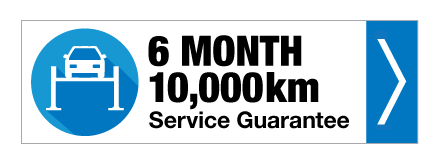Have you ever caught yourself drifting in and out of focus behind the wheel, eyelids drooping, or struggling to keep both eyes on the road? Driver fatigue isn’t just an inconvenience, it’s a serious safety risk. In fact, drowsy driving contributes to thousands of accidents each year, especially on long stretches of highway or late-night trips. Understanding the science behind fatigue, and the simple power nap that can neutralise it, can make all the difference between safe arrival and catastrophe.
What Happens When Fatigue Sets In
Fatigue affects cognitive function and reaction time just as alcohol does. When you’re tired, the brain’s processing speed slows, decision-making becomes impaired, and peripheral vision narrows, often referred to as “tunnel vision.” Microsleeps – those brief, involuntary moments of sleep lasting mere seconds, become increasingly likely, turning high-speed travel into a dangerous game with unpredictable outcomes.
The underlying culprit? Adenosine, a chemical neurotransmitter that naturally builds up in your brain throughout the day. As adenosine accrues, your neurons fire more sluggishly, lulling you toward sleep. Normally, your body clears adenosine during deep sleep, but absent adequate rest, it remains your unwelcome co-pilot.
The Power of a Power Nap
Enter the superhero of tired drivers: the power nap. A short, controlled nap, typically between 10 and 20 minutes, can dramatically reduce fatigue by clearing adenosine from your brain’s receptors, boosting alertness and vigilance upon waking. It’s a practical first-aid for tired minds, especially when you’re on the road.
Here’s why it works:
Quick to take: No elaborate setup needed, just find a safe spot (rest stop, café, or even your passenger seat), set an alarm, and snooze.
Cognitive reset: Short naps restore alertness, improve reaction times, and sharpen memory, without the grogginess long naps can bring.
Safe and effective: Research consistently shows that power naps significantly lower the risk of accidents tied to drowsy driving.
Real-World Impact
Commercial drivers and transportation professionals have long used strategic rest breaks to manage fatigue. But recent studies suggest even casual road-trippers benefit from the same simple routine. Power naps help minimise accident risk, support mental clarity during long shifts, and reduce overall strain on the body.
Tips for Savvy Napping on the Road
Schedule it in: Plan a break every 2–3 hours or after every 200–250 km.
Keep it brief: Stick to 10–20 minutes to avoid waking up groggy or disoriented.
Find shade and quiet: If possible, park in a shaded area, recline your seat, or bring a sleep mask or earplugs.
Set an alarm: Don’t rely on your body clock, use your phone or watch to avoid oversleeping.
Pair it with hydration: A small sip of water or a light snack can help reset your senses post-nap, skip the heavy caffeine that may disrupt night sleep.
Just as powering through fatigue is crucial on the road, keeping your vehicle in top condition is vital to safe travel. That’s where Auto Leaders comes in, your trusted partner for comprehensive vehicle servicing. Whether it’s a routine check-up, brake inspection, or emergency repair, their experienced team ensures your car is as ready for the road as you are.



